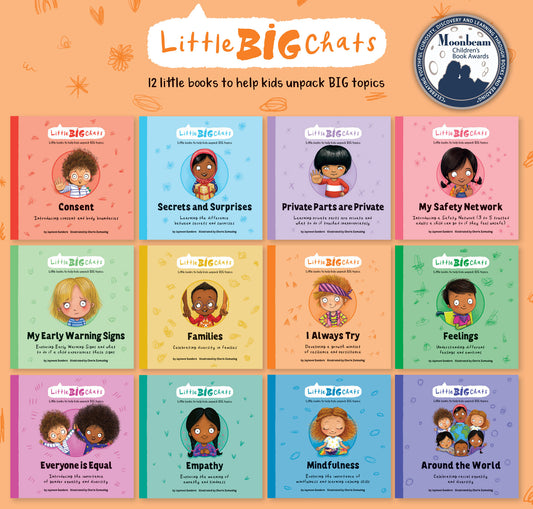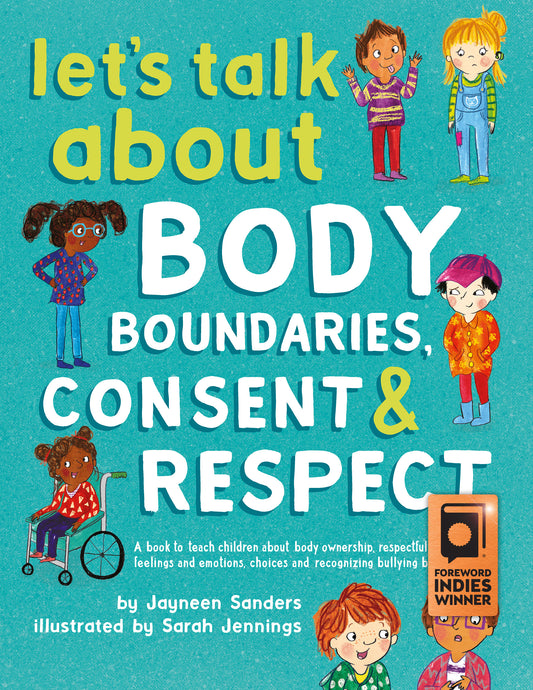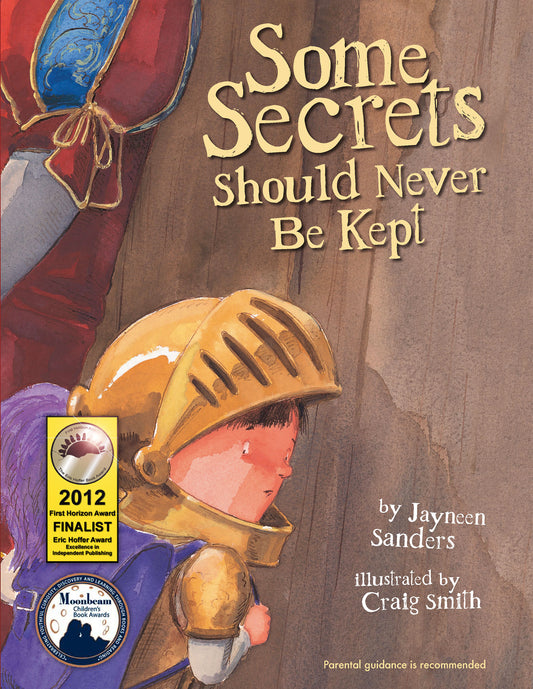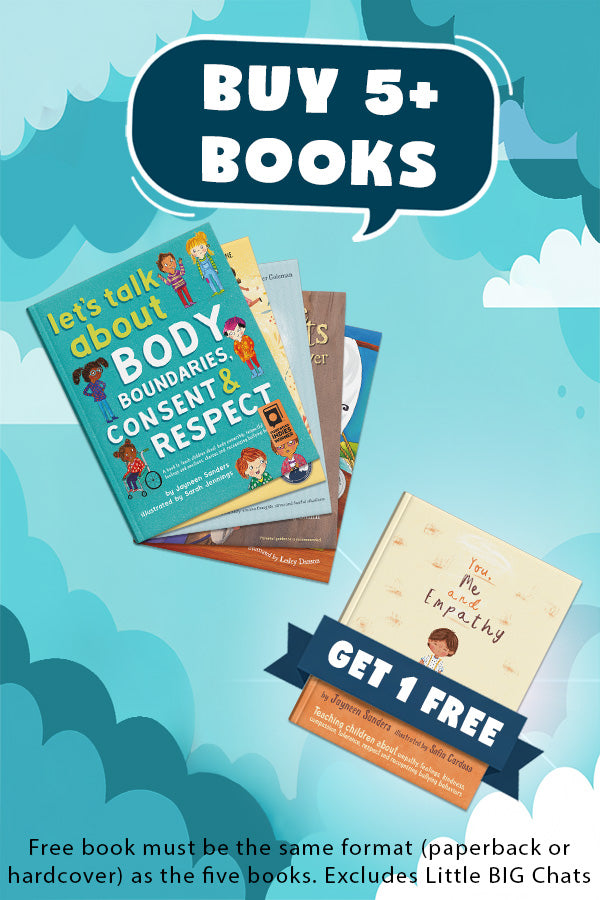As a parent and an educator I find the statistics below both confronting and horrifying. However, they do highlight the reasons WHY we need to teach the children in our care Body Safety from the earliest of years. Such age-appropriate knowledge is empowering for children, and might well be the difference between a child becoming one of these statistics or not.
As an advocate for Body Safety Education in both homes and schools, I have heard many sad and crippling stories from adult survivors; but it’s this one shared comment that stays with me, “If only I had known from the first inappropriate touch it was wrong, my life could have been so different.”
I am not a survivor of childhood sexual abuse but I am a mother and teacher who believes we can do better by our kids. We need to put our adult fear of this topic aside, and take on the responsibility of educating our children so they know to tell, and keep on telling until they are believed. We also have a responsibility to educate ourselves so we know the signs of sexual abuse and grooming. Believing a child when they disclose sexual abuse is of the utmost importance, as is our reaction to the disclosure.
These statistics are a call to action for parents, carers and teachers everywhere — let’s educate ourselves and our kids in Body Safety, and like any good “ripple effect,” let’s educate others to do the same! I am asking you to play your part. Ironically, you may never know but your advocacy could positively change a child’s life forever.
1. Approximately 20 percent of girls (1 in 5) and 8 percent of boys (1 in 12.5) will be sexually abused before their 18th birthday (Pereda et al, 2009)
2. 95 percent of sexually abused children will be abused by someone they know and trust (NAPCAN 2009).
3. Of those molesting a child under six, 50 percent were family members. Family members also accounted for 23 percent of those abusing children 12 to 17 years (Snyder, 2000).
4. The most vulnerable age for children to be exposed to sexual assault is between 3 and 8 years with the majority of onset happening between these ages (Browne & Lynch, 1994).
5. Males made up 90 percent of adult child sexual assault perpetrators, while 3.9 percent of perpetrators were female, with a further 6 percent classified as ’unknown gender’ (McCloskey & Raphael, 2005).
6. As many of 40 percent of children who are sexually abused are abused by older, or more powerful children. (Finkelhor, 2012) Note: with the easy access to pornography we are seeing more and more cases of child on child sexual abuse, and older children/siblings sexually abusing younger children. Twenty-three percent of all 10 to 17 year olds experience exposure to unwanted pornography (Jones L., et al 2012).
7. Eighty-four percent of sexual victimization of children under 12 occurs in a residence (Snyder, 2000).
8. In 98 percent of child abuse cases reported to officials, children’s statements were found to be true (NSW Child Protection Council, cited in Dympna House 1998).
9. 1 in 3 adults would not believe a child if they disclosed sexual abuse (Australian Childhood Foundation, 2010).
10. Seventy-three percent of child victims do not tell anyone about the abuse for at least 1 year. Forty-five percent do not tell anyone for 5 years. Some never disclose (Broman-Fulks et al, 2007).
11. Survivors of childhood sexual abuse are 10 to 13 times more likely to attempt suicide. (Plunkett A, O’Toole B, Swanston H, Oates RK, Shrimpton S, Parkinson P 2001).
12. Children living without either parent (foster children) are 10 times more likely to be sexually abused than children who live with both biological parents. Children who live with a single parent that has a live-in partner are at the highest risk: they are 20 times more likely to be victims of sexual abuse than children living with both biological parents (Sedlack et al, 2010).
In my experience, children do not lie about sexual abuse and the research would indicate this. Please educate your child in Body Safety. I truly hope they may never need this knowledge but think of it as a safety belt — just in case.
We also know that children who are being sexually abused may first disclose to a friend. If that friend has been educated in Body Safety they will know to tell a trusted adult on their Safety Network. Educating children in Body Safety is in the best interests of all children.
If these statistics have raised any issues please, go to this links page. For more statistics and general information on child sexual abuse please visit Darkness to Light. To help get sexual abuse prevention education in all schools in the US please support Erin’s Law.
Free My Body Safety Rules poster to download for the children in your life.
Jayneen is the author of children’s books and a parent’s guide on Body Safety.
References
Australian Childhood Foundation (2010). Doing Nothing Hurts Children. Ringwood [Vic]: Australian Childhood Foundation.
Broman-Fulks, J. J., Ruggiero, K. J., Hanson, R. F., Smith, D. W., Resnick, H. S., Kilpatrick, D. G., & Saunders, B. E. (2007). Sexual assault disclosure in relation to adolescent mental health: Results from the National Survey of Adolescents. Journal of Clinical Child and Adolescent Psychology, 36: 260 – 266
Browne, K. & Lynch, M. (1994). Prevention: Actions speak louder than words. Child Abuse Review, 3: 241-244.
Fergusson, D. M., & Mullen, P. E. (1999). Childhood sexual abuse: An evidence based perspective. Thousand Oaks: Sage Publications, Inc.
Finkelhor D. (2012) Characteristics of crimes against juveniles, Durham, NH: Crimes Against Children research Centre
Jones L., Mitchell K., Finkelhor D. (2012) Trends in youth victimization: findings from three youth internet safety surveys 2000-2010, Journal of Adolescent Health 50: 179-186
McCloskey KA, Raphael DN. Adult perpetrator gender asymmetries in child sexual assault victim selection: results from the 2000 National Incident-Based Report System. J Child Sex Abus. 2005;14(4):1-24.
New South Wales Child Protection Council, (1998). Managing Sex Offenders
Pereda, Guilera, Forns and Gomez-Benito (2009) The prevalence of child sexual abuse in community and student samples: a meta-analysis
Plunkett A, O’Toole B, Swanston H, Oates RK, Shrimpton S, Parkinson P. Suicide risk following child sexual abuse (2001)
Sedlak, A.J., Mettenburg, J., Basena, M., Petta, I., McPherson, K., Greene, A., and Li, S. (2010). Fourth National Incidence Study of Child Abuse and Neglect (NIS–4): Report to Congress, Executive Summary. Washington, DC: U.S. Department of Health and Human Services, Administration for Children and Families.
Snyder, H. N. (2000). Sexual assault of young children as reported to law enforcement: Victim, incident, and offender characteristics. Washington, DC: U.S. Department of Justice, Office of Justice Program, Bureau of Justice Statistics.
Note: Every attempt has been made to locate all references and their links. Due to the nature of this research statistics will vary according to the individual and/or team’s research data.
First published in The Huffingtonpost.






